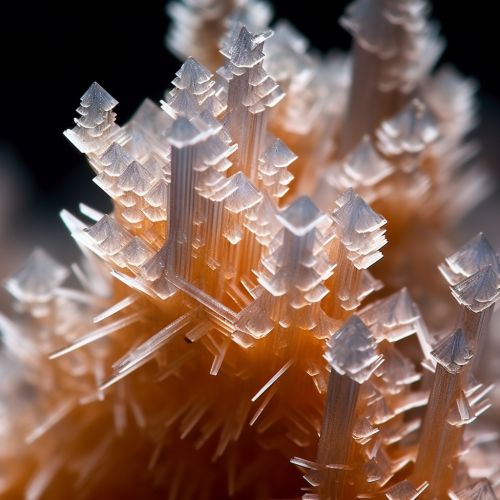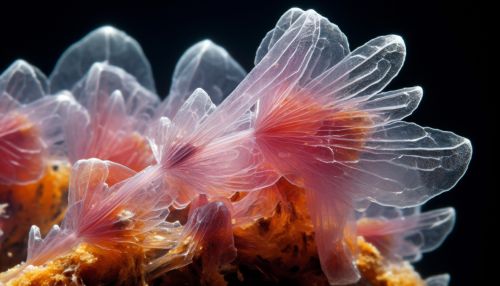Halophile
Introduction
Halophiles are a group of microorganisms that thrive in environments with high salt concentrations where most organisms cannot survive. The term "halophile" comes from the Greek words 'halas' meaning 'salt' and 'philos' meaning 'loving'. These organisms can be found in diverse environments such as salt lakes, salt pans, brine pools, and salt mines.


Classification
Halophiles are classified into three main categories based on their salt requirements for growth: slight halophiles, moderate halophiles, and extreme halophiles. Slight halophiles can survive in environments with salt concentrations of 1-3%, moderate halophiles require 3-15% salt concentration, and extreme halophiles require a salt concentration of 15-30%.
Adaptation Mechanisms
Halophiles have developed unique adaptation mechanisms to survive in high-salt environments. These include the accumulation of compatible solutes, the synthesis of specific proteins called haloarchaea, and the use of specialized ion pumps to maintain osmotic balance.
Ecology
Halophiles play a crucial role in the ecosystem by contributing to the nutrient cycle and serving as primary producers in hypersaline environments. They also have potential applications in biotechnology due to their unique metabolic capabilities.
